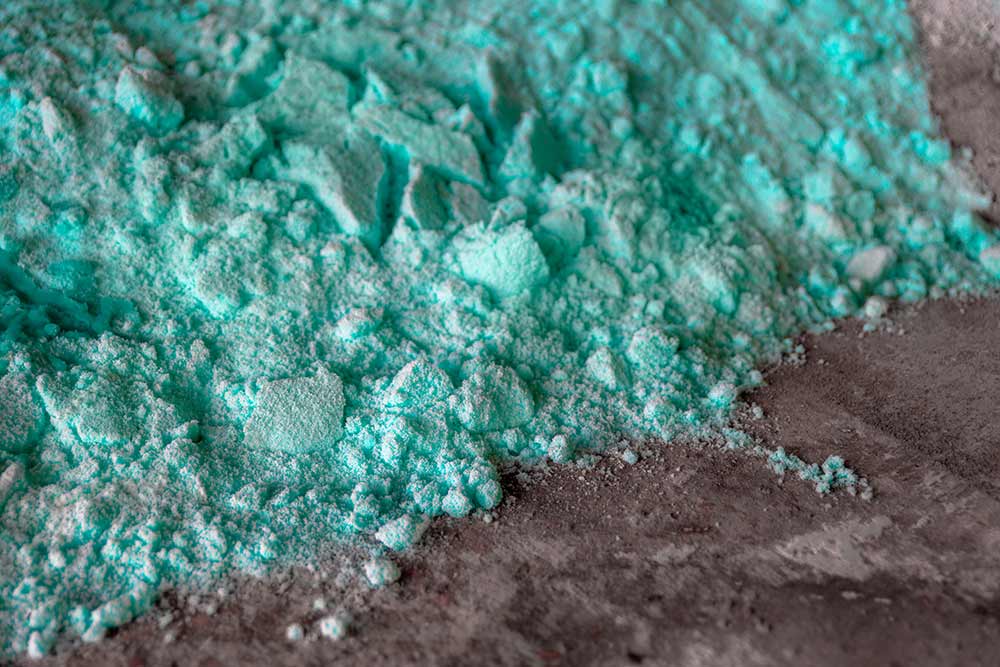Water: an important resource for the environment
Water is a resource that is running out and trying to safeguard it is everyone’s business. And just like in the other Pittini Group production sites, process water used to cool the plants is not wasted at SIAT. In fact, once it has been utilised, it is recovered, treated, and collected in a special silo at the factory, and then re-circulated within circuits and partly reintegrated into the water well.
The regeneration of acids
A very important phase of the drawing process is pickling: the steel goes through acid baths that clean it and remove surface impurities. Acid baths lose their effectiveness over time and need to be replaced. By means of a specific installation, SIAT can restore their effectiveness. The regeneration process, besides avoiding the necessity of discarding the exhausted material, yields a crystalline product, iron sulphate. This product is not used within the iron and steel industry but is sold to third-party companies for the production of fertilisers and manure.

LED lighting and relamping project
LEDs are gradually replacing the more obsolete incandescent and fluorescent systems. The advantages are mainly represented by more intense and regular illumination, with significantly lower energy consumption. SIAT, alongside other infrastructures of the Pittini Group, was recently part of a relamping project, in which old lighting systems were replaced with the installation of 216 energy-saving light fixtures. This upgrade has reduced energy consumption by an average of more than 240,000 kWh per year, comparable to the number of CO2 emissions produced by transporting 73 lorries containing SIAT products to the city of Milan, or the amount removed from the atmosphere by 771 cherry trees over the course of a year



